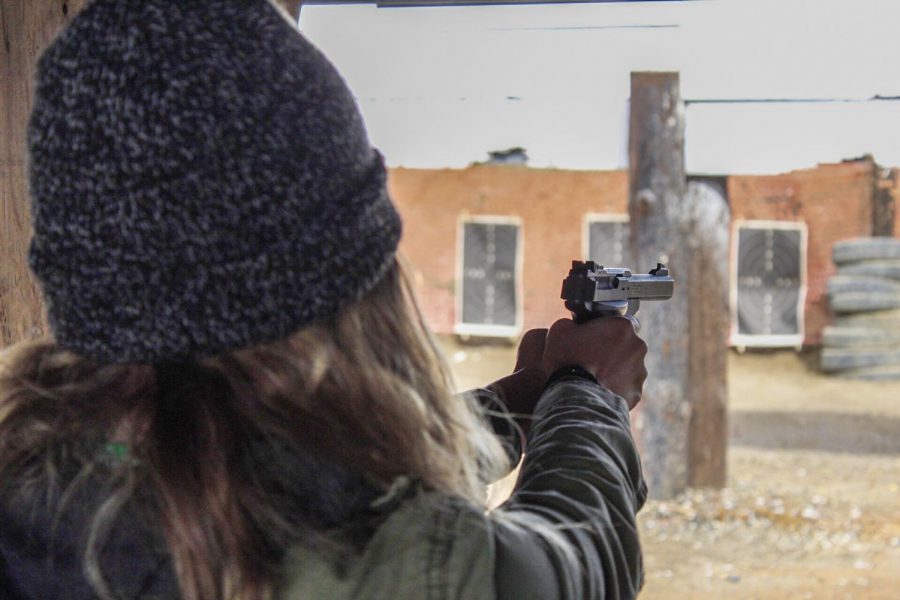EDITORIAL: CSU should mandate active shooter training
The leaders of Sac State, meaning the faculty and administrators, need to be trained on how to react when they and those who are in position to lead know an active shooter is in the area.
October 25, 2017
(Go to StateHornet.com/Guns for more related stories)
Sacramento State is working to improve it’s ability to respond to emergencies, including the possibility of an active shooter being on campus. But some changes should be made on a CSU level.
RELATED: Shooting on campuses are on the rise — Is Sacramento State prepared?
The leaders of Sac State, meaning the faculty and administrators, need to be trained on how to react when they and those they are in position to lead know an active shooter is in the area. So do the students.
Though the likelihood of our school having to deal with some sort of attack is very rare, it isn’t as far off as some might think. Not only are college shootings becoming more common, mass shootings are staying at the same rate and getting deadlier.
Meanwhile, Sac State is a large college campus in a capital city, and shootings of any kind can be almost impossible to predict.
Despite both of these factors, our school hasn’t yet prepared the student or the faculty populations for such an attack.
It’s strange, to say the least, that our school doesn’t have any mandatory training in regards to emergency situations. Even the K-12 schools in our area have fire drills and live shooter scenarios that both students and teachers are required to participate in, so it only makes sense that we should have something similar.
There are drills and training sessions offered by the on-campus police department. However, the training isn’t mandatory for anyone, including freshman and new faculty. Also, sessions are only offered once a year and available by request, and they aren’t adequately publicized.
RELATED: #SacStateSays: How do you feel about guns?
Unlike the videos for sexual assault and alcohol consumption that freshman are required to take as a part of their orientations, there isn’t even a training video available to us online. One is in the works, with no projected release window.
Even our professors, the ones who are supposed to be leading the classrooms, aren’t given the tools needed to react accordingly in an emergency situation. Very little training is offered to the staff, and the sessions that are available aren’t required.
Our school-wide alert system is also lacking. According to Mark Iwasa, the Chief of Police here on campus, the alert system is not performing as efficiently as it should. The test notifications that were sent out showed that not everyone received an alert at all. Those who did typically received them after 10 – 15 minutes; two to three times longer than the police intended.
We’ve seen this all fall apart in the city before; a Sacramento City College shooting in 2015, which was later found to be gang-related, could have been much worse had the shooter stayed on campus to do more damage rather than flee after killing one student.
Campus alerts didn’t go out until 45 minutes after the school’s officials were notified of the shooting. Though the situation had resolved itself within five minutes, the entire campus spent nearly an hour in fear that an active shooter was coming around the corner as they struggled to lock doors and evaluate whether they should be hiding or running.
Most found out about the apparent danger via social media, but information was sparse and sometimes inaccurate.
Although the problems we have are mostly a result of decisions (or lack thereof) made at the CSU level, our campus should at least offer some assurance that they have a plan in case something does happen.
Without open communication, proper training and a clear plan for emergencies, the results of such a tragedy could be even more tragic. Addressing the problem could truly save lives.
































































































































